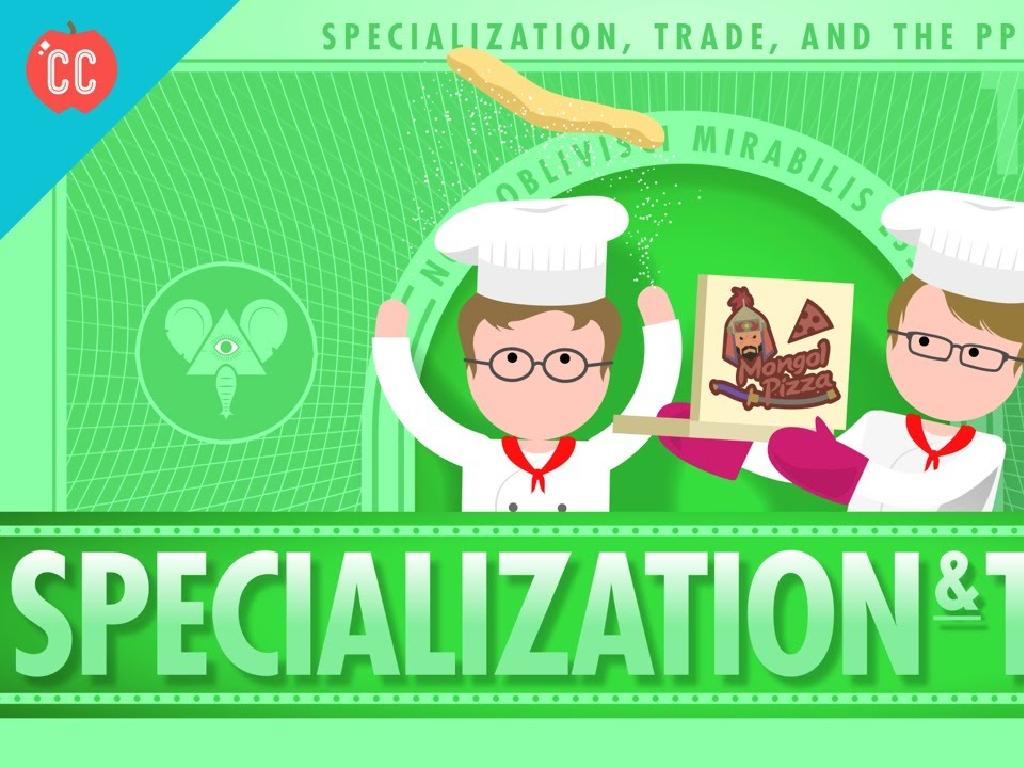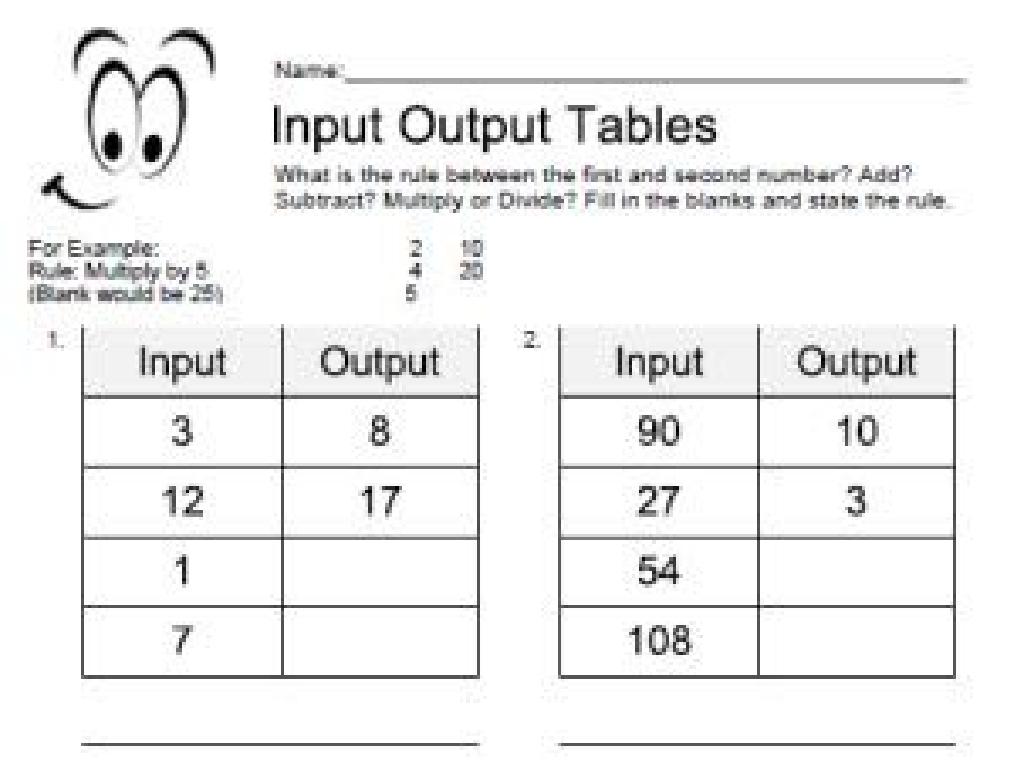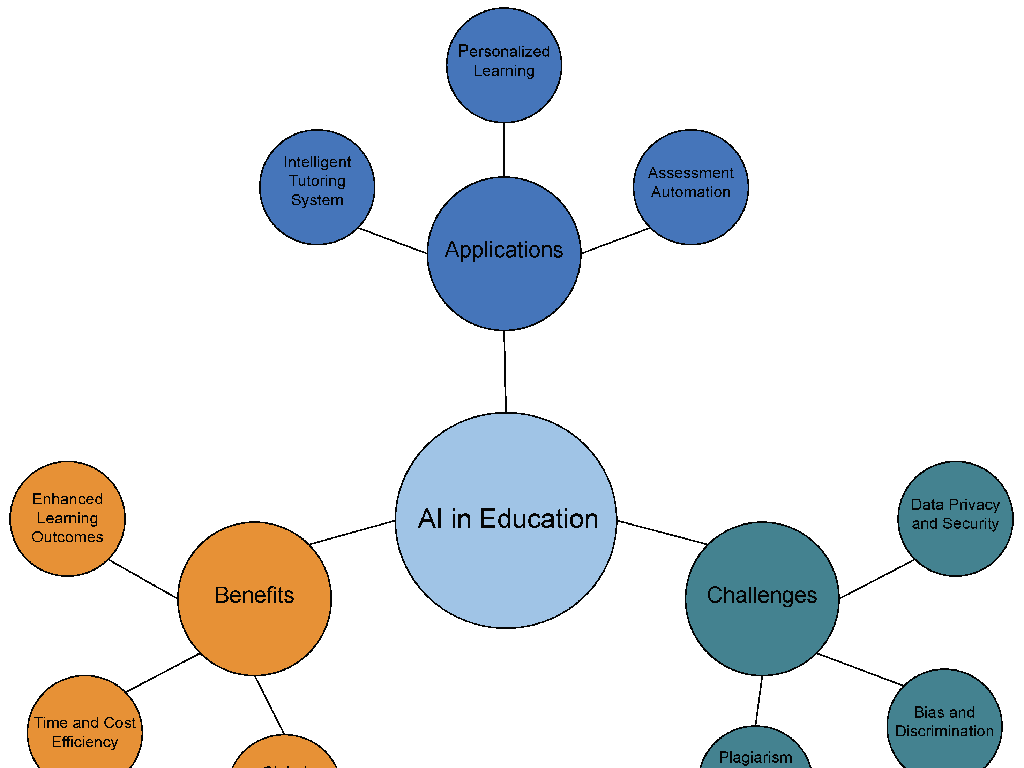Put Together Numbers Using Cubes - Sums Up To 5
Subject: Math
Grade: Pre-k
Topic: Addition Up To 5
Summary: Introduce Pre-K learners to basic addition with fun, hands-on activities using colorful cubes to practice sums up to 5. Children will learn to combine numbers, recognize addition patterns, and explore real-world connections through interactive games and creative play. Engaging visuals, cube games, and relatable examples like party friends make math exciting and easy to grasp. This foundational lesson builds number sense and teamwork while encouraging continued practice at home.
Please LOG IN to download the presentation. Access is available to registered users only.
View More Content
Welcome to Addition!
– Greet our number friends 1 to 5
– Learn to combine numbers with cubes
– Use colorful cubes to add numbers
– Discover how numbers join to form 5
– Example: 2 cubes + 3 cubes = 5 cubes
– Fun activities with number cubes
|
This slide introduces the concept of addition to Pre-K students in a playful and engaging manner. Start by familiarizing the students with the numbers 1 through 5, using visual aids like number charts or flashcards. Then, demonstrate how to use physical cubes to represent each number and guide the children in combining different sets of cubes to create new numbers, with a focus on sums that equal 5. Encourage hands-on participation by allowing the students to manipulate the cubes themselves. Prepare a set of simple addition problems using the cubes and facilitate activities where students can work in pairs or small groups to solve them, fostering a collaborative learning environment. The goal is to make the learning process interactive and enjoyable, helping the students to grasp the basic concept of addition through play.
What is Addition?
– Addition makes numbers bigger
– Imagine a party with more friends
– More friends joining means a larger group
– Each friend is like a number
– Adding friends makes a bigger party
– If 2 friends join 3 at a party, you now have 5!
|
This slide introduces the concept of addition to Pre-K students by relating it to a fun and familiar scenario: a party. Explain that addition is like inviting more friends to a party, which makes the group bigger. Use toys or visuals like cubes to represent friends, and physically combine them to show how the group grows. This tangible representation helps young learners grasp the concept of addition as combining groups. Encourage the children to think of their own examples of adding things together, like adding more blocks to a tower or more stickers to a collection. The goal is to make the concept of addition relatable and understandable through real-life connections.
Counting Cubes: Adding Up Friends
– Cubes help us learn to add
– Each cube is one friend
– Imagine each cube saying ‘hello!’
– Count friends together
– If we have 2 cubes and add 3 more, how many friends?
– Adding friends makes more friends
– 2 friends plus 3 friends equals 5 friends!
|
This slide introduces the concept of addition using a relatable and tangible method for Pre-K students – counting with cubes. Each cube represents one unit, which we personify as a ‘little friend’ to make the concept more engaging for young learners. Start by demonstrating how to count each cube, then show how combining cubes from two groups results in a new total number of cubes. Encourage the children to physically manipulate the cubes to add them together, reinforcing the concept of addition as ‘putting together.’ Prepare to guide them through several examples, using different numbers of cubes that sum up to 5, and ensure they understand that the total number of friends increases as we add more.
Adding with Cubes: Sums Up to 5
– Combine 2 cubes with 1 cube
– When we add 2 and 1 cubes together, we get 3 cubes!
– Try adding 2 cubes to 2 cubes
– If we put 2 cubes with another 2, we have 4 cubes in total.
– What’s 3 cubes plus 1 cube?
– Adding 3 cubes to 1 cube gives us 4 cubes, not yet 5!
– Counting cubes to make 5
– Let’s see how many different ways we can make 5 with our cubes.
|
This slide is designed to introduce Pre-K students to the concept of addition using a hands-on approach with cubes. Start by demonstrating how to put together 2 cubes with 1 more and count them aloud to show that they make 3 cubes. Encourage the students to try adding 2 cubes to another 2 cubes on their own and discuss the result. Guide them to understand that 3 cubes plus 1 more makes 4 cubes, and then challenge them to find ways to make a total of 5 cubes using different combinations. The activity should be interactive, allowing the children to physically manipulate the cubes and count them. This tactile experience helps solidify the concept of addition in their minds. Provide assistance and positive reinforcement as they explore and learn.
Let’s Play a Game with Cubes!
– Use cubes for 1 plus 1
– Explore ways to make 4
– Try 1+3, 2+2, or other combinations
– Show your results to the class
– Have fun with addition!
|
This slide is designed to engage Pre-K students in a hands-on activity to understand addition up to 5 using physical cubes. Encourage the children to use their cubes to add 1 plus 1. Then, challenge them to find different combinations of cubes that add up to 4. This activity helps to develop their understanding of addition and number sense. As they work, walk around the classroom to assist and ask questions to deepen their understanding. Possible activities include: pairing students to compare methods, creating a display of different combinations, or having a group discussion about the activity. The goal is to make learning addition a playful and interactive experience.
Adding All Together with Cubes
– Learn to add numbers up to 5
– Build a number line with cubes
– Line up cubes from 1 to 5 in order
– Cubes show addition visually
– See how 2 cubes and 3 cubes make 5
– Practice adding with cubes
– Try adding different numbers together
|
This slide is designed to introduce Pre-K students to the concept of addition using a hands-on approach with cubes. Start by explaining that addition is putting numbers together to make a bigger number. Use the cubes to build a number line from 1 to 5, which will help them visualize the concept of counting and addition. Demonstrate how combining sets of cubes (e.g., 2 cubes and 3 cubes) can add up to a total of 5 cubes. Encourage the students to practice adding different numbers of cubes together to reach sums up to 5. This activity will help solidify their understanding of basic addition through interactive play.
Cube Party: Making 5!
– It’s Cube Party time!
– Get your cubes ready
– Create number combos for 5
– Use cubes to add up to 5, like 2 cubes + 3 cubes
– Who can make the most combos?
|
This class activity is designed to help Pre-K students understand the concept of addition by physically manipulating objects. Each student will receive a set of cubes and will be encouraged to explore different combinations that add up to the number 5. For example, they can combine 2 cubes and 3 cubes to make 5. The activity is interactive and allows students to visually and tangibly grasp the idea of adding numbers together. Teachers should circulate the room to assist students, offer praise, and ensure everyone is engaged. Possible variations of the activity could include pairing students to work together, using different colored cubes to represent different numbers, or challenging students to find all possible combinations to make 5.
Goodbye and Great Adding!
– Fantastic job adding today!
– Adding means putting numbers together
– Like combining 2 cubes with 3 more makes 5
– Keep practicing your addition
– You can be addition stars!
– Practice with toys, snacks, or drawing!
|
This slide is meant to conclude the lesson on addition up to 5 with a positive reinforcement for the students. It’s important to remind them that adding is a basic skill of combining numbers to find a total. Encourage them to continue practicing with everyday items to strengthen their understanding. Acknowledge their efforts during the lesson and motivate them to keep practicing to become proficient in addition. You can suggest parents to involve addition in daily activities like counting toys, snacks, or even steps to make learning fun and practical.





/historical_maps_global_age.jpg)